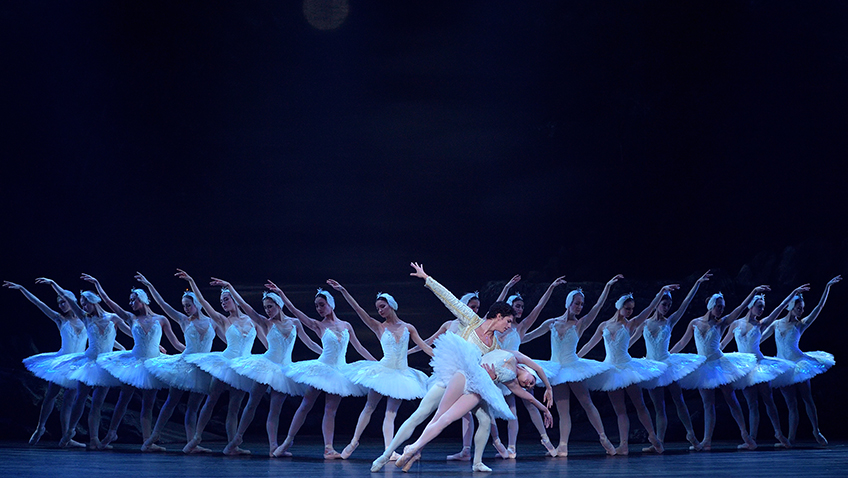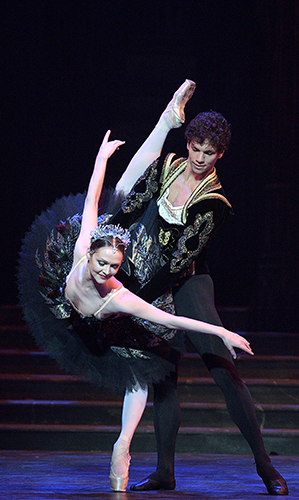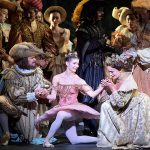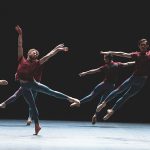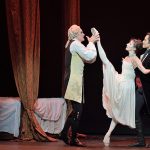Robert Tanitch reviews ENB’s Swan Lake at London Coliseum
Swan Lake is the most popular ballet in the history of ballet, its popularity sustained by Tchaikovsky’s rich, melodic and melancholic score and the sheer beauty of a corps of white swans.
Marius Petipa and Lev Ivanov’s production in 1895 was a major turning point in its fortunes and it has been re-staged and re-imagined and re-choreographed endlessly ever since.
The first time I saw Derek Deane’s Swan Lake was in 1997 at the Royal Albert Hall in the round. Its sheer scale made a terrific impact and introduced ballet to new audiences in large numbers.
The production, rooted in the Petipa/Ivanov choreography, was re-staged for a proscenium arch in 2000. If you have never seen Swan Lake and are looking for a ballet to introduce to the grandchildren, then English National Ballet’s version will do very nicely as a treat for them and indeed for you, too.
Deane’s version begins during the overture with Von Rothbart (half-man, half-bird) kidnapping Princess Odette and turning her into a swan.
Siegfried shows no interest in marrying any of the six princesses his mum (gorgeously costumed) has invited to his birthday celebrations but he is quickly attracted by an older woman. What 21-year-old lad would not be roused by 32 fouettes?
Isaac Hernández, looking very young and boyish, jumps high. Jurgita Dronina is technically impressive in the dual role of the innocent Odette and the evil Odile.
Tchaikovsky’s hold over the audience never fails. The conductor is Gavin Sutherland and he is not afraid to ham it up.
 The final act by the lake at night is as dramatic as you could wish with the swans rising out of the mist (load and loads of dry ice.) The spectacle is magnificent. The design is by Peter Farmer and the lighting is by Howard Harrison.
The final act by the lake at night is as dramatic as you could wish with the swans rising out of the mist (load and loads of dry ice.) The spectacle is magnificent. The design is by Peter Farmer and the lighting is by Howard Harrison.
James Streeter’s evil Rothbart, with his swirling and flapping cloak, and his Olympic speed, as he races round the stage, is a major contribution to the production’s success.
To learn more about Robert Tanitch and his reviews, click here to go to his website

